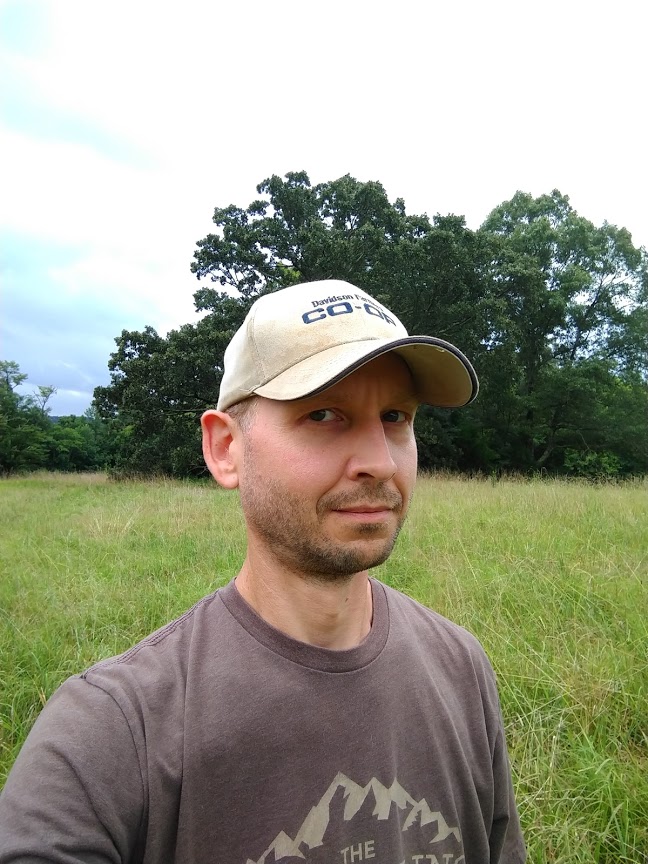

 James is in his forties, is an active homesteader who is married, and has no children aside from five cats. He is a graduate of The American Brewers Guild and while he no longer brews beer he does dabble in the fermentations of food and dairy. He resides in the state of Tennessee where he runs a small farm. An avid gardener for more than twenty years, he also raises chickens and cows, has a few fruit trees and hopes to add bee keeping, pigs and goats to the farm. When he has free time he enjoys hikes through the woods and reading books.
James is in his forties, is an active homesteader who is married, and has no children aside from five cats. He is a graduate of The American Brewers Guild and while he no longer brews beer he does dabble in the fermentations of food and dairy. He resides in the state of Tennessee where he runs a small farm. An avid gardener for more than twenty years, he also raises chickens and cows, has a few fruit trees and hopes to add bee keeping, pigs and goats to the farm. When he has free time he enjoys hikes through the woods and reading books.
Carla Burke wrote: be prepared to lose your hearts.
George Yacus wrote:
1) With respect to electric netting, how easy is it to modify the length and make multiple smaller segments out of a few longer nets? Is this common practice?
My understanding is that netting usually comes in 100ft or 164ft lengths.
... are there elegant temporary* lane systems/materials other than electric netting?
Also is it true the bearded grass will hurt the animal's mouths and cause them to get infections or is that a myth?

Michael Cox wrote:Re: acidic water.
I’ve been using concentrated hydrochloric to reduce the alkalinity in our above ground swimming pool. It seems to take a huge amount to bring it down to “ok” range of around 100ppm.
Any issues using appropriately diluted HCl to reduce the pH for a few heavy waterings? I suspect there is a lot of carbonate trapped in the soil from previous waterings, for any excess acid to react with
Christopher Weeks wrote:If I have this right, people add sulfur to the soil to acidify for e.g. blueberries. It takes a year or so because it's causing the microbiota to do the work rather than just causing a chemical reaction, like adding acid. I don't know enough to recommend it, but it might be worth some research.